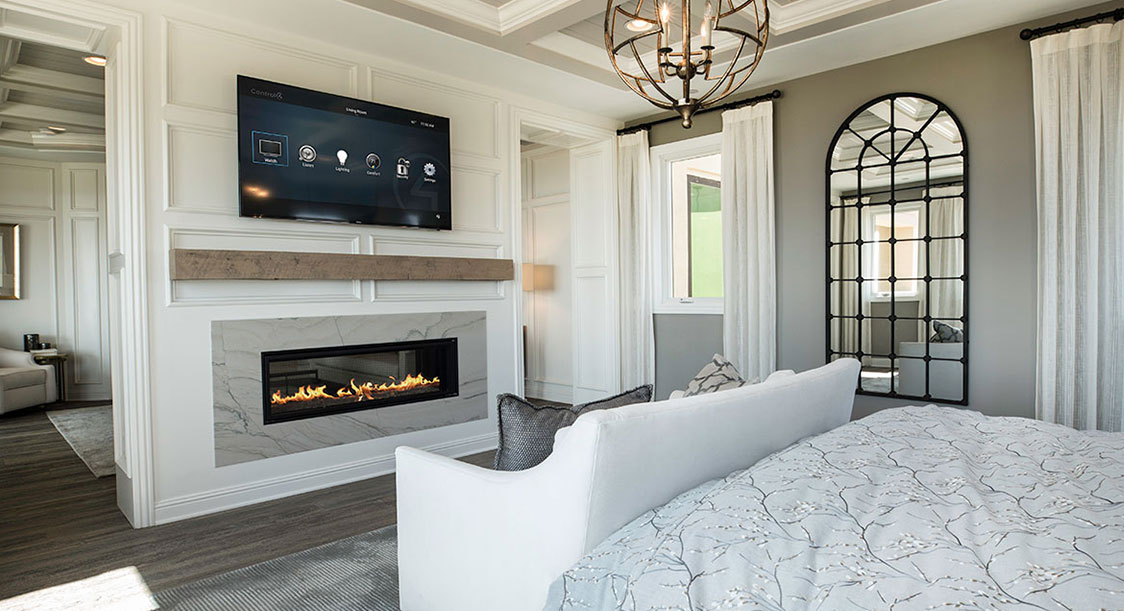Not so long ago, installing a TV on a wall would have been a very complex process. CRT televisions were often very deep, very heavy, and not of a standard shape or size.
Fortunately, modern flat TVs have taken care of some of these problems. Although they keep increasing in size, they usually have a standard fitting on the back. This fitting allows them to be mounted to a stand or other frame by the use of standard sized screws that are spaced an equal distance apart.
What this means is that most modern TVs can be attached to a standard frame that can be mounted on your wall, and there is no need to search out a mounting unit for a particular make or model. The only caveat is to make sure the frame is attached to the wall as safely as possible, especially with larger TVs.
Many wall-mounts come in two parts – one to attach to the wall, one to attach to the back of the TV. The TV part is easy, as it just attaches with the supplied screws. The wall part is a little trickier.
There will be a number of holes in the wall part for which you must pass a screw, bolt, or other mounting implements through in order to affix the frame to the wall. The location of these holes must be marked carefully on the wall, and care must be taken to get the frame straight and level.
Depending on the type of wall you have, you may need to drill guide-holes and use a variety of specialized screws and bolts to firmly attach the frame to the wall. This is vital to get right – the connection between the frame and the wall needs to be strong enough to support the weight of the TV.
When the frame is firmly mounted, the TV can be attached to it.
Bear in mind that none of this process takes account of cable management or connectivity to electricity. For a fully professional finish, the cables should be hidden away, preferably inside the wall. Again, the process for this will vary depending on the material used to make your wall, and you must be aware of any cabling already in place behind your walls.
Failure to fully check could result in serious injury or worse by an electric shock from a concealed power cable. If in doubt, always consult a professional.


